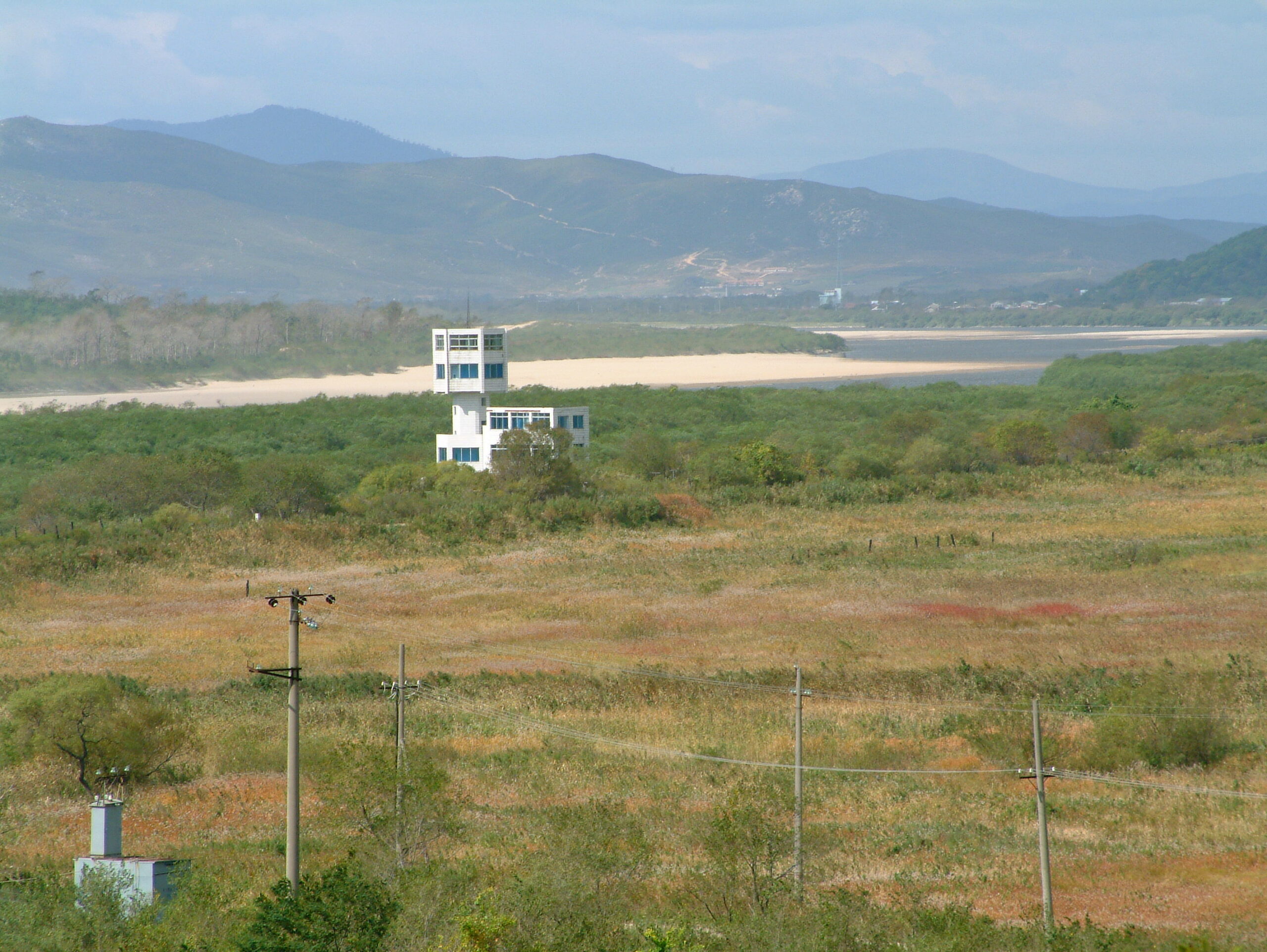Nuclear Strategy of the DPRK: Doctrine Evolution and Future Prospects
Anastasia Barannikova analyses the DPRK’s hybrid nuclear weapons strategy and argues that its impressive progress was the result of clear strategic planning and a vision of the role of nuclear weapons in the DPRK’s defense strategy.
This special report was prepared for the Panel on Peace and Security of Northeast Asia (PSNA) sponsored by the Research Center for Nuclear Weapons Abolition, Nagasaki University (RECNA) and is an input into the Reducing the Risk of Nuclear Weapon Use in Northeast Asia project.
This report is published simultaneously by the Nautilus Institute here and by RECNA-Nagasaki University here. This report is published under a 4.0 International Creative Commons License the terms of which are found here.
Click here to learn more about the project. Below is the report abstract.
Abstract
Over the past decade, the DPRK has demonstrated impressive progress in the development of nuclear and missile technologies. Such progress would have been impossible without clear strategic nuclear planning and a vision of the role and place of nuclear weapons in the country’s defense system and ways of their use. To understand the role and ways of nuclear weapon use by the DPRK, an analysis of its nuclear strategy is necessary. At the same time, any assumptions about how the DPRK’s nuclear strategy and nuclear and missile program will evolve must be based rather on analysis of its real strategy than of declarative documents serving propaganda means. For this purpose, the most acceptable doctrine for the DPRK was identified, which, together with an analysis of technical capabilities, made it possible to substantiate the acceptability of a hybrid nuclear strategy and suggest its development for the near future.
Key words: DPRK, nuclear strategy, nuclear doctrine, technical capabilities, declarative and operational doctrines, declarative and internal strategies
About the Author
Anastasia Barannikova is a Research Fellow at Laboratory for Spatial Logistics, ADM Nevelskoy Maritime State University, Vladivostok, Russia. Ms. Barannikova holds PhD in History from ADM Nevelskoy Maritime State University. Her research interests include (but not limited by) regional (Northeast Asia) security and nuclear non-proliferation: Korean Peninsula, DPRK foreign and domestic policies, DPRK nuclear and missile program, nuclear posture, nuclear doctrine.
Disclaimer: The opinions articulated above represent the views of the author(s) and do not necessarily reflect the position of the Asia Pacific Leadership Network or any of its members. The APLN’s website is a source of authoritative research and analysis and serves as a platform for debate and discussion among our senior network members, experts and practitioners, as well as the next generation of policymakers, analysts and advocates. Comments and responses can be emailed to apln@apln.network.
Image: Photo by SUKHBAATAR Tsegmid, 2003, at DPRK-Russia-China border at Tuman River, from Russian side with Chinese viewing tower in foreground and DPRK mountains across the river.

